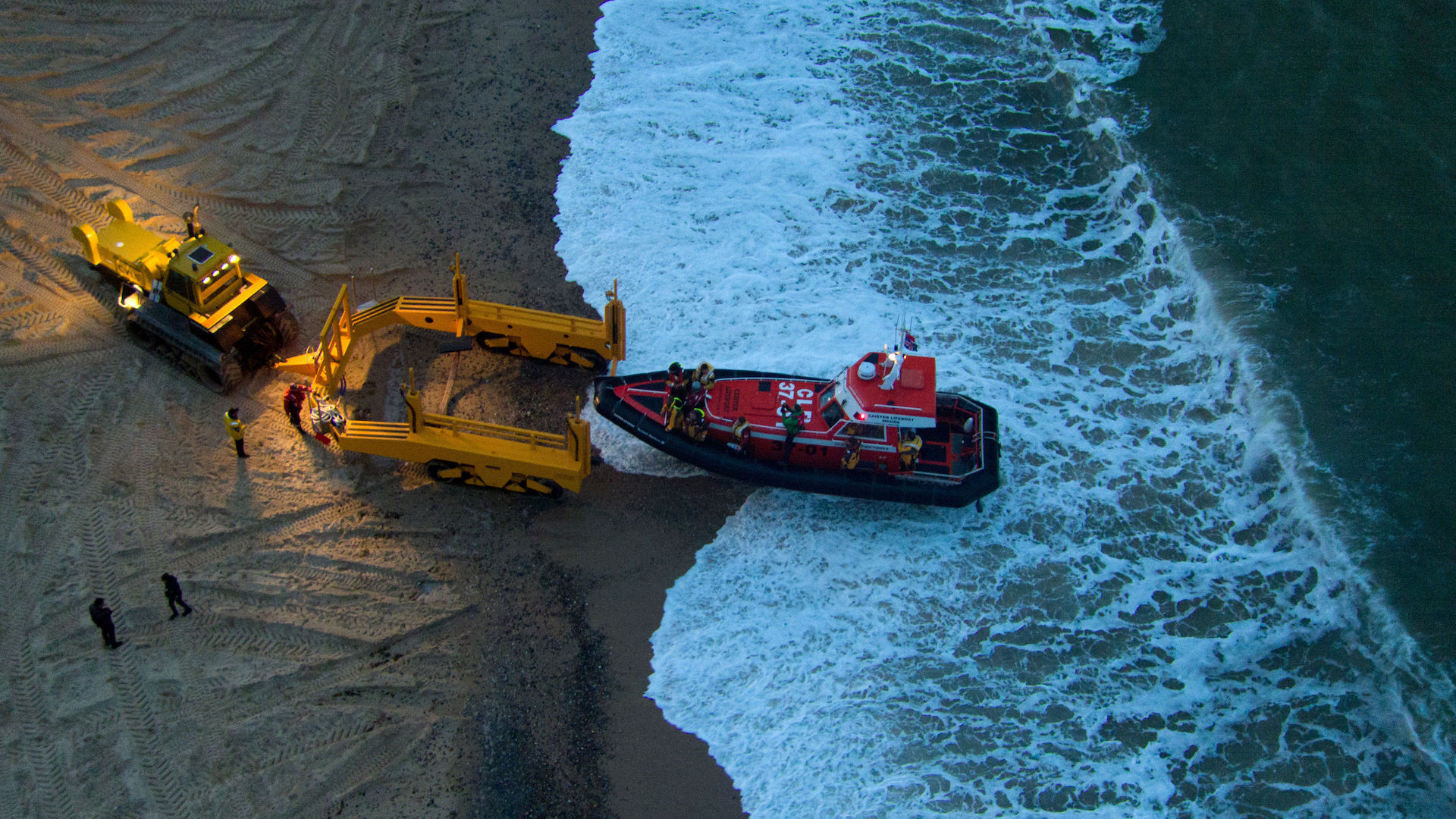

A lifeboat crew operating off the shore of Caister in Norfolk, England has recently turned to drones in order to improve the team’s efficiency in search and rescue missions.
This isn’t new, of course, as we’ve previously reported on police forces, firefighters, and various emergency service groups looking toward UAVs with the same goal: helping people in need. This independent crew in Caister has several drones now, which are equipped with various cameras and floodlights to assist in lifesaving missions.
According to the BBC, a spokesman for the crew claims that the drones in use livestream their camera footage back to screens on the lifeboat, which allows the group to instantly recognize the kind of emergency, detect its location, and head toward it as rapidly as possible. However, standardizing this kind of UAV use for search and rescue isn’t a done deal, apparently.
Reportedly, the relevant Civil Aviation Authority, the UK’s equivalent to our Federal Aviation Administration, has yet to make this a regular tool for people in the business of saving people in distress, adrift at sea.
According to a CAA spokesman, allowing these drone missions should only be permitted in “certain circumstances for certain people,” which seems like a fairly exclusionary and frankly, vague regulation.
Let’s have a look at this drone-equipped lifeboat in action.

Of course, proper safety procedures need to be agreed upon, but besides making sure that these drones don’t cause more trouble than they resolve trouble, there seems very little moral sense in restricting their use.
As usual, it’s likely more of a financial than emotional hesitance than anything else. The argument conveyed here seems to be that a collision between a drone and a rescue helicopter would be “catastrophic,” and while that may be true, trained piloting and proper UAV guidelines should largely relegate that fear to a mild concern.
The CAA spokesman stated that they “absolutely want to support the use of drones as long as they’re done safely, so the risk of harming people in the air is controlled.”

According to the BCC, the Caister Lifeboat is the singular station in the United Kingdom to operate independently of the Royal National Lifeboat Institution, and services a radius of 250 miles with a crew of 30 volunteers.
Let’s hope that proper drone use gets implemented into the volunteer business of saving lives sooner rather than later, as long as proper measures are ironed out and respected.